pantheraba
More biners!!!
This oak was taken down the day after the Suckerfest Sweetgum...it was a busy 5 days for me.
We have a family farm in deep south GA, the farm where my mother was raised. When Grandaddy died in 1988 the farm was divided among the children...mama ended up with the old homeplace, where I used to go as a kid and learn to be a farmer (what I learned most is that I DIDN'T want to be a farmer...crop tobacco one summer as a 13 year old for $6 a day and you start to learn what real work is).
Darrin, the man who owns the house in the right of the video, wanted the tree down...it was starting to die in the top. His wife told him adamantly that he was to go nowhere near the tree with a chainsaw in his hands. He figured he could have probably done it...but she knew that the week before he and a buddy had a pine across the road almost get away from them...they quit cutting as it started going the wrong way and were able to get a pull line in it and salvage the day...so when Darrin heard I was down with a lot of gear he asked for some help.
I don't get to flop and drop too many trees so this was fun for me. I used my big saw, just 'cause...still learning how to make flat cuts with it. My father was our trusty Bronco driver and co-commentator.
All deep South accents were studiously practiced for your listening pleasure.
Here it be....
<iframe width="560" height="315" src="//www.youtube.com/embed/4dXVbK2Qljw?list=UUcMO1J7CZBN1WrjqG6e3ymQ" frameborder="0" allowfullscreen></iframe>
We have a family farm in deep south GA, the farm where my mother was raised. When Grandaddy died in 1988 the farm was divided among the children...mama ended up with the old homeplace, where I used to go as a kid and learn to be a farmer (what I learned most is that I DIDN'T want to be a farmer...crop tobacco one summer as a 13 year old for $6 a day and you start to learn what real work is).
Darrin, the man who owns the house in the right of the video, wanted the tree down...it was starting to die in the top. His wife told him adamantly that he was to go nowhere near the tree with a chainsaw in his hands. He figured he could have probably done it...but she knew that the week before he and a buddy had a pine across the road almost get away from them...they quit cutting as it started going the wrong way and were able to get a pull line in it and salvage the day...so when Darrin heard I was down with a lot of gear he asked for some help.
I don't get to flop and drop too many trees so this was fun for me. I used my big saw, just 'cause...still learning how to make flat cuts with it. My father was our trusty Bronco driver and co-commentator.
All deep South accents were studiously practiced for your listening pleasure.
Here it be....
<iframe width="560" height="315" src="//www.youtube.com/embed/4dXVbK2Qljw?list=UUcMO1J7CZBN1WrjqG6e3ymQ" frameborder="0" allowfullscreen></iframe>

 A few more and you'll have your felling cuts bang on.
A few more and you'll have your felling cuts bang on.



 I know it's an imitation though.
I know it's an imitation though. .
.